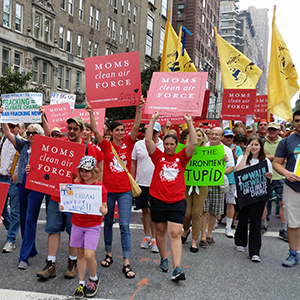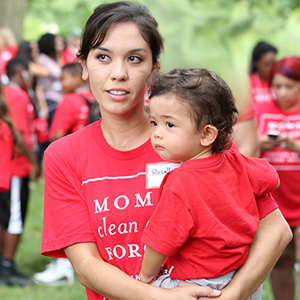
This past summer, millions of people in the US felt the impacts of wildfire smoke for the first time, as fires in Quebec raged and poured smoke into eastern and midwestern states. Wildfires have long threatened air quality on the West Coast, contributing to health impacts like asthma, cardiovascular illness, and adverse birth outcomes.
A new report from the American Thoracic Society provides the first-ever local and national estimates of the health impacts of wildland fires. The term “wildland fires” is broader than just wildfires, also encompassing prescribed fires and agricultural burning. Published earlier this month, the “Health of the Air” report estimates that smoke from wildland fires is responsible for thousands of premature deaths each year in the US—likely somewhere between a low estimate of about 4,000 deaths and a middle estimate of 28,000 deaths. The wide range in estimates has to do with scientific uncertainty about how dangerous wildfire smoke is relative to other forms of air pollution. Though there is much that scientists still don’t know for sure, evidence suggests that wildfire smoke is particularly toxic: a 2021 study estimated that wildfire smoke may be up to 10 times more dangerous for children’s lungs than other forms of air pollution, such as vehicle exhaust or emissions from power plants.
In addition to offering new insight about the impact of wildland fires, the new report also spells out in painful detail the toll of other forms of outdoor air pollution here in the US, including particle pollution (also known as soot or PM2.5) and ozone (also commonly called smog). The report estimates the number of specific health impacts that can be attributed to levels of air pollution greater than those recommended by health experts. Each year, the report finds, air pollution at higher-than-recommended levels can be blamed for approximately:
- 21,300 avoidable deaths;
- 3,000 new cases of lung cancer;
- 10,660 adverse birth outcomes (preterm births and/or low birth weight);
- 748,660 occurrences of various cardiovascular and respiratory illnesses; and
- 4 million “adversely impacted days,” which include days of work and school loss due to respiratory and other illnesses.
Data about preterm birth and low birth weight is new in this year’s report and puts into painful perspective the impact of air pollution on health across the entire lifespan: air pollution can affect our health before we are even born. The “Health of the Air” report also includes rankings of the top 25 cities most impacted by certain health outcomes, including premature mortality, lung cancer, and adverse birth outcomes. While this report doesn’t address disparities in air pollution exposure in depth, other research makes clear that communities of color bear a heavier burden from air pollution in every part of the country.
The report comes as EPA is in the process of finalizing new National Ambient Air Quality Standards (NAAQS) for particle pollution and underlines the clear public health need for stronger standards. Moms Clean Air Force has called on EPA to set a protective standard for PM2.5, consistent with the standards recommended by health experts in the “Health of the Air” report, of no higher than 8 µg/m3 for the annual particle pollution standard and 25 µg/m3 for the daily standard. Though air pollution from wildland fires can’t readily be addressed through EPA regulations, the escalating toll of wildfires due to climate change makes it more important than ever to address the sources of pollution that we can control through robust air quality standards. As the new “Health of the Air” report makes clear, lives are quite literally on the line.
Learn more about Moms’ work on soot pollution.
TELL PRESIDENT BIDEN & EPA: MOVE QUICKLY TO FINALIZE STRONG POLLUTION PROTECTIONS




